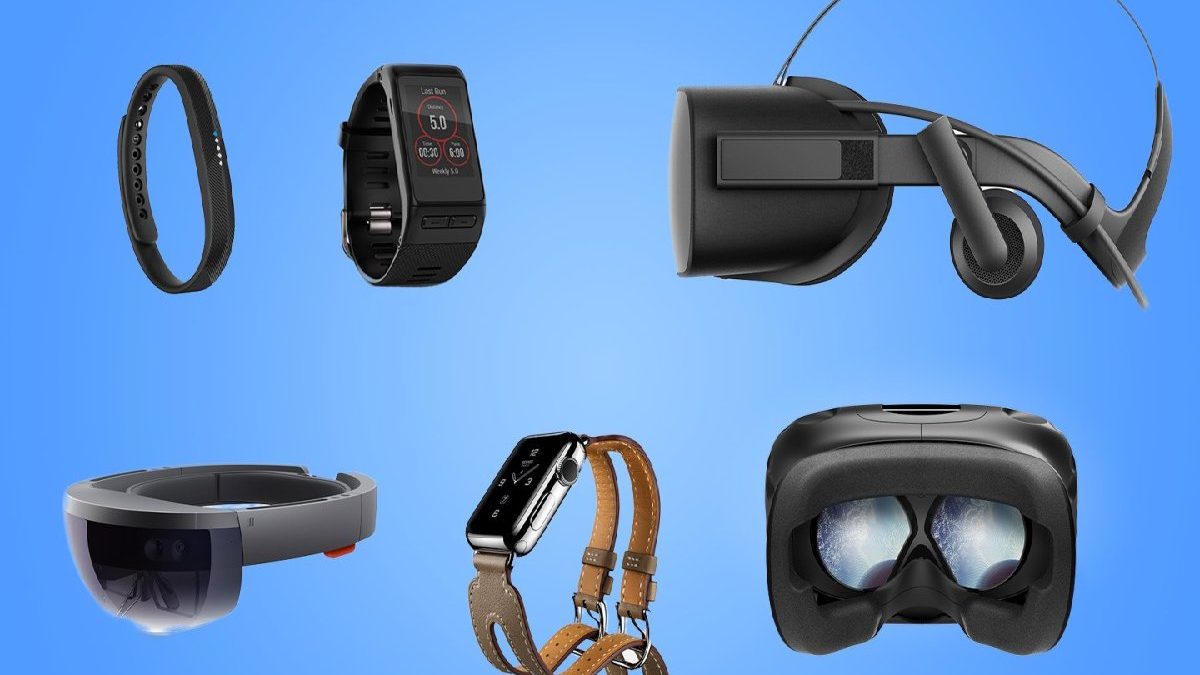Wearables of 2016 – It has been a strange year for wearables. Smartwatches are in bad shape, yet the category of wearable devices, which we think of as any technology attached to your body, has intensified at the dawn of virtual reality. Although we’ve seen VR in years past, Wearables of 2016 was the year the big hits began. Oculus Rift and HTC Vive succeed the market this spring, giving us a glimpse of the future. Each offers a different version of the platform and comes with its own set of pros and cons, but both bring a lot of excitement for what they could provide in a few years.
However, beyond virtual reality, Wearables of 2016 was not conducive to anticipating wearable devices. It wasn’t that there weren’t many devices that caught our eye; it was that most were iterations of ideas that we had seen before. There was very little real innovation in this space this year, so it’s curious for the future. Ten years ago, wearable technology could be the largest consumer electronics category or dead.
Table of Contents
Wearables 2016 Misfit Ray
Misfit has been an exciting name in the fitness tracker world for years with Shine, a device that meets form factor design standards. With Ray, the company offers a more typical and atypical band than other fitness trackers. Like most devices in the category, it’s a lot, but it’s undoubtedly fashion first and the best example of “incognito” design that companies like Jawbone have tried in the past. It blends easily with other fashion accessories, so it doesn’t attract unwanted attention while still offering the usual list of features like steps, calories, and sleep tracking. Add a swim-proof construction and replaceable batteries that can last up to six months, and the Ray is an excellent option for those who haven’t gotten on the fitness tracker yet.
Wearables 2016 Samsung Gear Fit 2
At the opposite conclusion of the range from Ray is Samsung’s Gear Fit 2. It’s a loud device and proudly a fitness tracker. You can’t hide it on your wrist thanks to the 1.5-inch Super AMOLED screen, which offers deep blacks and vivid colors. It is the best display on any fitness band; ergonomic thanks to its smooth curve, incredibly responsive, and powered by intuitive and well-thought-out software. The Gear Fit 2 also offers excellent training support, heart rate monitoring. And notification support with the ability to act on some (like SMS messages). Battery life could definitely be better, and it’s definitely a fitness fanatic’s device, but overall it delivers one of the best wearable experiences of the year.
Garmin Vivo smart HR+
Given Fitbit’s substantial leadership in fitness technology, it can be difficult for other companies to attract users, especially when many of your friends are already linked to the Fitbit ecosystem.
Garmin is one of those businesses that, while not quite as attractive as Fitbit, quietly offers some of the best fitness-focused wearable devices on the market.
The Vivosmart HR + is Garmin’s best tracker, with excellent activity monitoring and significant structures for runners. It offers built-in GPS for accurate run tracking, something typically relegated to more challenging sports and smartwatches, along with six days of battery life. Water resistance of up to 50 meters, and intelligent notifications. It’s a comprehensive option that’s especially good for runners and doesn’t come with the most dedicated watchers.
Apple Watch Series 2
The Series 2 may not be the Apple Watch update we were all hoping for.But it is what the Apple Watch must have been in the first place. While Apple would never call it that, Series 2 is a reboot. The new version is faster, has a built-in GPS, a larger battery, and is water-resistant to 50 meters. Apple has redoubled physical activity with the aforementioned new features. Suddenly turning it into a great fitness device when it launches this fall. A fact that must make people like Fitbit nervous. In addition to its fantastic fitness features. The Apple Watch is still the best smart device for iPhone users with the kind of combination that.
The Apple ecosystem excels at, or at least used to, before the “brave” end of 2016. the company.


